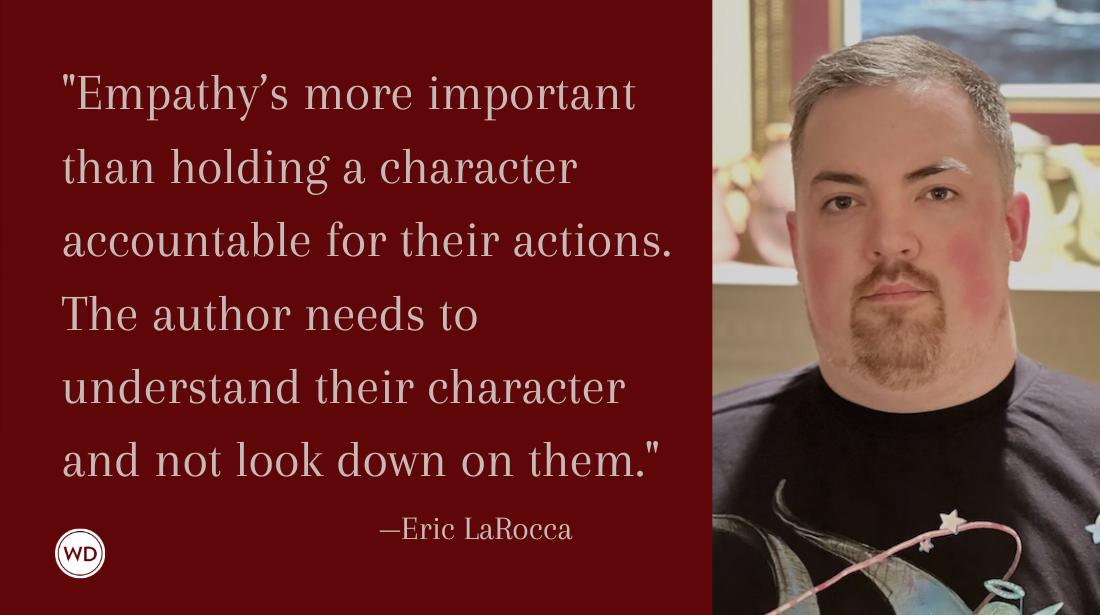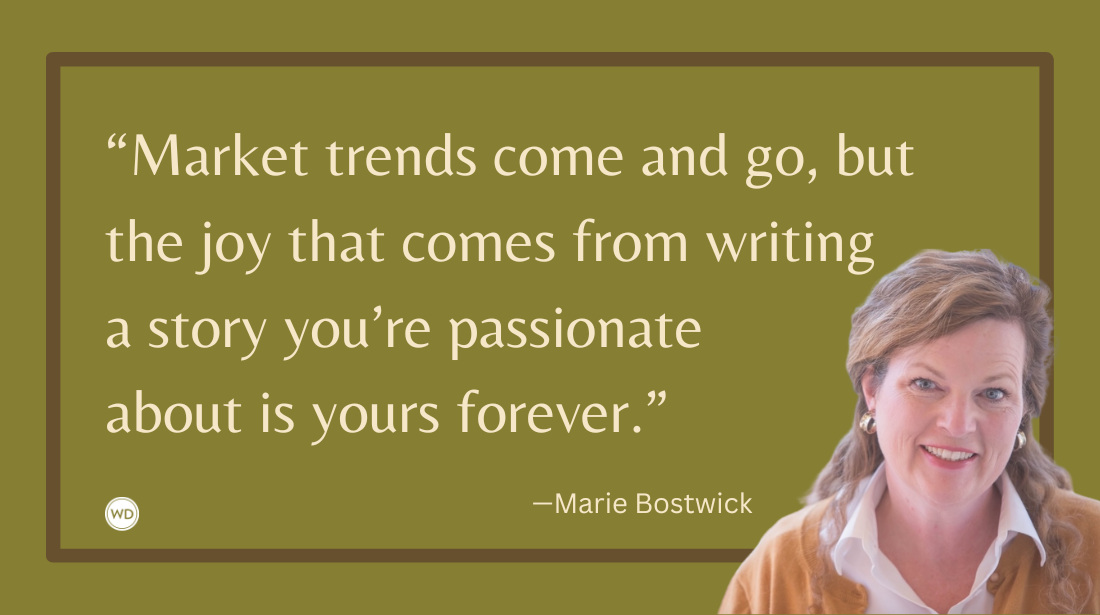Jade Moon Le: On Writing a New Kind of Coming-of-Age Novel
Jade Moon Le discusses the nonlinear approach she took in writing her new literary fiction novel, Invisible Orphans.
Jade Moon Le grew up in a traditional Chinese matriarchal family permeated by the Portuguese and British influence of Hong Kong and Macau. Her playmates spoke many languages, yet they learned to understand each other, initiating Le’s curiosity in studying languages and observing people. A devoted bookworm since childhood, Le currently lives in California. Find her on Twitter and Facebook.
In this post, Jade discusses the nonlinear approach she took in writing her new literary fiction novel, Invisible Orphans, her hope for readers, and more!
Name: Jade Moon Le
Literary agent: Pat Walsh (US), Chandler Crawford (Foreign)
Book title: Invisible Orphans
Publisher: Rare Bird Books
Release date: October 25, 2022
Genre/category: Literary Fiction
Elevator pitch for the book: With a deeply personal yet innovative structure that expertly mirrors the mind’s process of addressing shock and heartbreak, rather than the traditional, linear narrative found in most other novels, Invisible Orphans reveals the mosaic-like emotional journey of a young kindergarten teacher from Hong Kong from the depths of tragedy to becoming whole again.
IndieBound | Bookshop | Amazon
[WD uses affiliate links.]
What prompted you to write this book?
I wanted to write a novel about the journey from tragedy to catharsis that was authentic to the actual experience, in a way that, to my knowledge, hadn’t been done before.
I wanted to create a novel based on the distinctive experience of tragedy, a new type of coming-of-age or metamorphosis, to bring the character through this process. Scar tissue might be ugly, but it’s tough. The brain is self-healing. It isn't a DVR that can just rewind and go back. It heals as it sees fit. It lets your consciousness know what it wants to know when it wants to know it.
My character, Vivi, is a lens by which I explore this process of healing after a life-shattering tragedy.
How long did it take to go from idea to publication? And did the idea change during the process?
The idea has seeded for many years. The idea did not change during the writing and publishing process, over three years.
Were there any surprises or learning moments in the publishing process for this title?
Yes, many surprises. I don’t have a clear picture of the relationship among literary agents, foreign agents, publishers, PR people, publicists, and marketing with the author. I am still learning how to navigate the publishing industry.
I was shocked when my publisher, Rare Bird, showed immediate interest after reading through my manuscript.
Were there any surprises in the writing process for this book?
Yes, I first wrote the last sentence of the book and built the story backward. I deliberately didn’t give a name to the main character. Until almost the middle of the book, I found it difficult to continue toward connecting to the last sentence. As an experiment I gave my main character the name Vivi. To my surprise, once Vivi appeared, Vivi took over the telling of the story in her own voice and led the way to the book as it is now.
What appeared is a story map of the crazy route that my character Vivi’s consciousness takes to get from a deep abyss of tragedy to the mountaintop of healing. Rather than follow existing storytelling norms, like so many fiction works that address tragedy, I used the authentic path that the brain uses, which is not linear and convenient, but rather seemingly chaotic and counterintuitive.
I didn’t think, at the time, that the story would end in an unambiguous or even traditional way, but like watching an artist create a mosaic, one random tile at a time, the final product made a complete picture and even I was amazed.
What do you hope readers will get out of your book?
This book is for people who have experienced uncontrollable, blameless tragedy. I wanted to write a novel that explores what a character goes through in the way it actually happens: not a cut and dry narrative, but a random mosaic building. A memory here, a conclusion there. A breakthrough. A setback. These things come almost with the roll of a dice: seemingly random, but actually how the mind and heart work. A process that tries to defy explanation.
Anybody who has experienced tragedy will recognize this: There are things that linger, things that heal, and things that don’t. Things that can be forgotten, things that can be worked through. I wanted my character and her journey to be representative of the actual experience, and it ended up being, I believe, the best possible way to tell this story.
I hope readers will see themselves in Vivi’s struggle and also feel empowered to express their range of heartfelt emotions around the topic of mental illness.
If you could share one piece of advice with other writers, what would it be?
Let the story guide you. Ride along with your characters and all their emotions.
Robert Lee Brewer is Senior Editor of Writer's Digest, which includes managing the content on WritersDigest.com and programming virtual conferences. He's the author of 40 Plot Twist Prompts for Writers: Writing Ideas for Bending Stories in New Directions, The Complete Guide of Poetic Forms: 100+ Poetic Form Definitions and Examples for Poets, Poem-a-Day: 365 Poetry Writing Prompts for a Year of Poeming, and more. Also, he's the editor of Writer's Market, Poet's Market, and Guide to Literary Agents. Follow him on Twitter @robertleebrewer.








